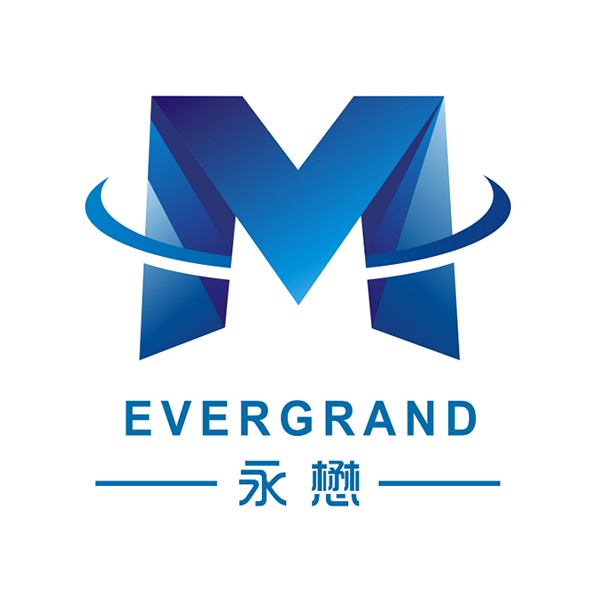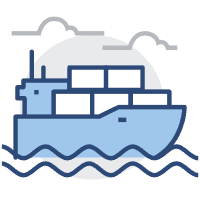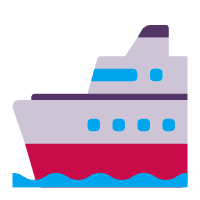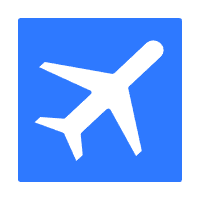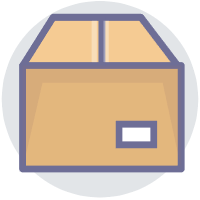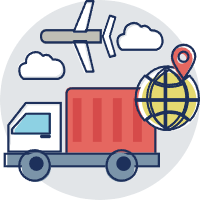Sea freight
1.Shipping Big volume ( Large than 15 CBM ) .Goods above this volume can be more competitive than LCL.
2.When you need cargo more safety shipped, again, lower risk of damage during the devanning.
3.When you need shipment arrive it time. FCL transit time could be more fixed than LCL.
Despite FCL is most used type of shipping, not all cargo can be shipped, especially the sensitive and dangerous cargo.
The list of prohibited or restricted goods potentially includes :
inflammable cargo ( such as petrol, ligher, gas, etc )
explosive material ( such as firework )
lithium batteries ( such as power banks and other electronic devices )
liquid ( such as nail polish,ink, etc )
powder ( such as chemical pigment )
perishable goods ( like food )
Medicine
live animal
It doesn’t mean above cargo are 100% can’t be shipped, unless you meet the dangerous goods regulations.
Ask supplier to offer MSDS, Chemical test report, DGM, UN 38.3 etc shipping documentation for verification before make the booking.
Provide official statement and guarantee sheet that you’re in charge of all the risks
Normally the payload for 20ft is nearly 25 TON, and 28 TON for 40ft. But per different shipping line and shipping route, there will have weight limit by carrier. Especially 20ft container.
Based on our operation experience, shipping line prefer cargo under 15-20t TON for 20ft. When overweight, special application is required and additional surcharge will be incurred.
And for 40ft and 40HQ, normally only require less than the payload which painted on the container door.
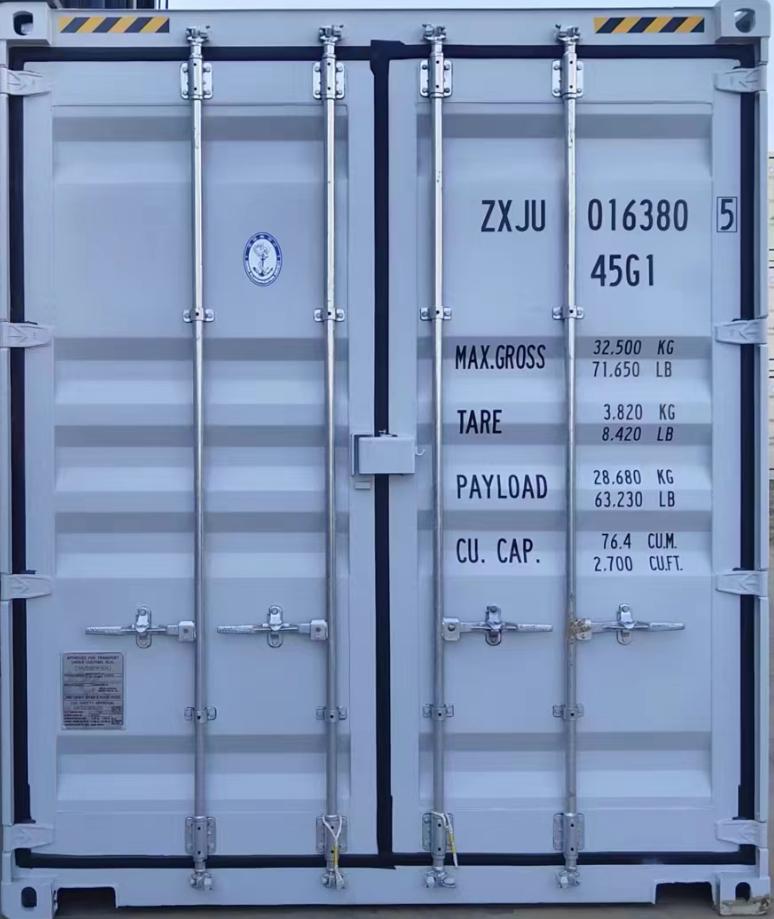
For FCL shipping, your pallets should ideally pack tightly into your shipping container.
Depending on pallet type ( Euro , North America and Standard ) and size,
the number of pallets you will be able to load into a 20-foot container or 40-foot container varies.
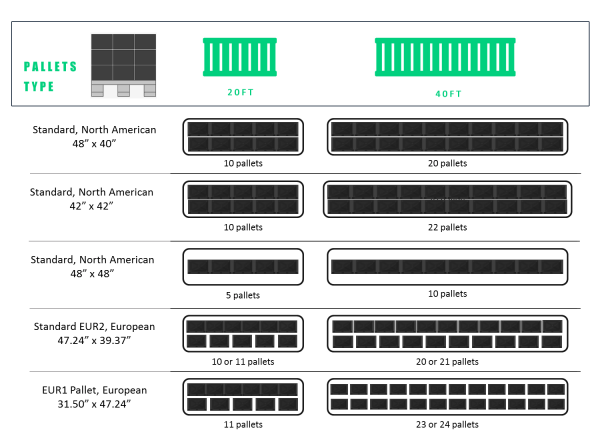
Despite dimensions may vary slightly, even these numbers should be very close, the shipping capacity are all theoretical value.
Due to cargo are in different packings, and in different dimensions, final capacity will differ a lot.
Based on our experience, in most cases, here below the reference CBM for your reference:
26-28 CBM is recommended for 20ft container.
55-58 CBM is recommended for 40ft container.
65-68 CBM is recommened for 40HQ container.

Of course we can ship goods with our own container, officially it’s called SOC(Shipper Owned Container), shipping line container called COC(Carrier Owned Container).
Before booking, we can buy a brand new container or a used container, and get the container testing report for shipping line approval when book the shipment. After shipping line confirmed then we could use the container to load goods and ship the same like COC. After container arrival and customs released, you can just keep the whole container no need return.
The answer is YES.
FCL container shipping price fluctuate frequently according to marketing feedback during peak season and off-peak season, traditional festival, holiday, or weather, and also some emergency situation like war.
For example, during peak season, and before China National Day, Chinese New Year, Christmas, shipping cost will increase. And recent years, for the COVID and Red Sea War, those also affected the shipping cost much higher than normal level.
A quote can’t valid too long time. Normally 2 weeks, or 1 month at most. So in case you got an order nearly ready to ship, better to check with your forwarder at least 1 week ago to double check the suitable schedule and shipping cost accordingly, especially the validity.

For international shipping, freight prepaid is requested according to common rules.
Despite payment can be made after vessel sailing, it must be received before goods arrival at destination port ( i.e, Before shipment released actually )
T/T ( Telegraphic Transfer) is the most used payment method.
For Alibaba overseas buyer, there some appointed countries could also pay via Alibaba.
Money Gram/Western Union is no more accepted by China forwarders due to the bank regulation more strict.
Paypal can only be used to accept small amount under $ 1000.

Paperwork or documentation is an important part in international shipping. Here below the list is the 5 basic paperworks for your refrence.
And also some other docs may be required depending on the cargo itself and destination country request. Below some for reference:
Dangersours Cargo ( MSDS , UN38.3, DGM, Chemical test report )
Product certicate ( CCC, FDA, CE,SABER,PVOC, ECTN,etc )
Invoice authentication ( Egypt )
Form M ( Nigeria ), Form E( Thailand,Indonesia,Vietnam, etc)
Fumigation certificate for wooden packing to certain coutries like AU, US, etc
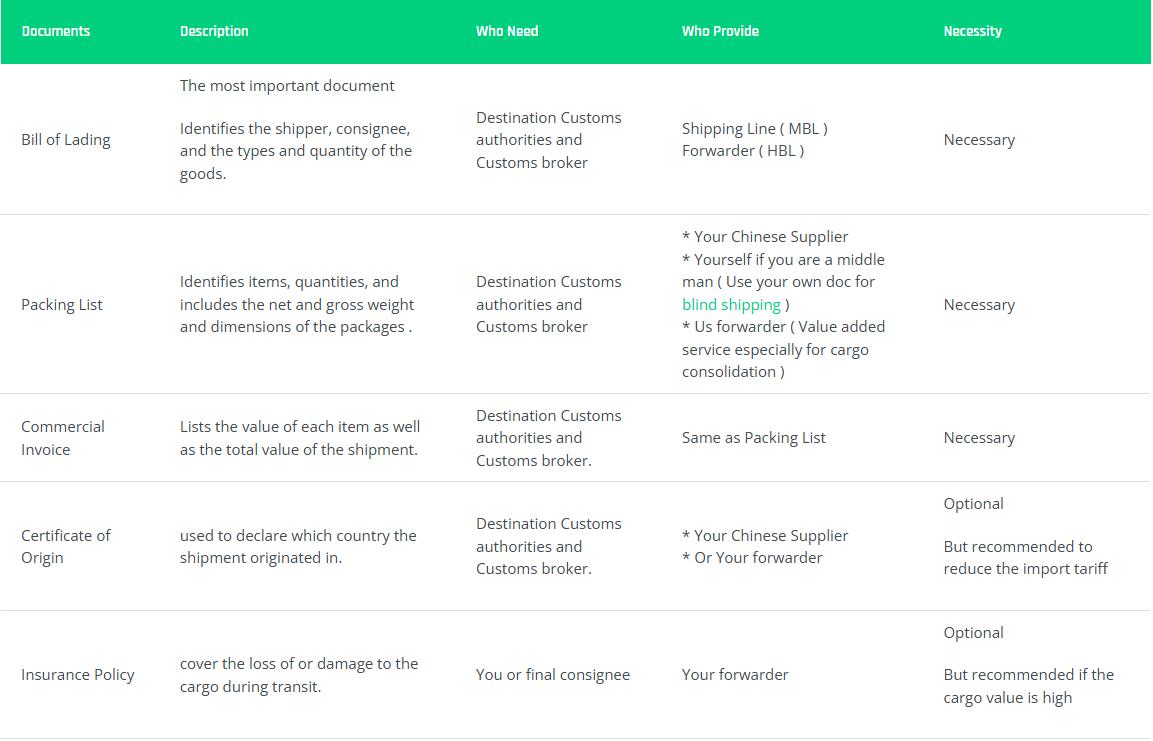
There are two criterias we normally use :
1.Choose the closest port for main cargo.
Suppose you have two suppliers, one in Ningbo with 2 CBM, another in Shenzhen with 15 CBM. Then the best way to consolidate the container is to deliver the Ningbo goods to Shenzhen for loading. As moving 2CBM will be much cheaper than 15CBM.
2.Choose the main ports.
Taking one case in 2022 for FIFA hotel project. Factory located in Jiangmen, total 250containers furniture. But we finally shipped all these container from Shenzhen port even there have barge service from Jiangmen port directly.
Why we take Shenzhen ? Cause main ports means more carriers with different shipping routes and cost options, also mother vessel load directly. If we go Jiangmen port, first no much more carriers option, and barge vessel space no enough for big quantity order. In short, more choice for you at main ports.
After your approval of the shipping quote from your forwarder, you will know which shipping line is serving your shipment. So when there container loading finished, you will have the container No,and also the booking No which belong to the shipping line. Then you could just track the container via the shipping line website accordingly. Here can just skip to the right shipping line via our Container Tracking
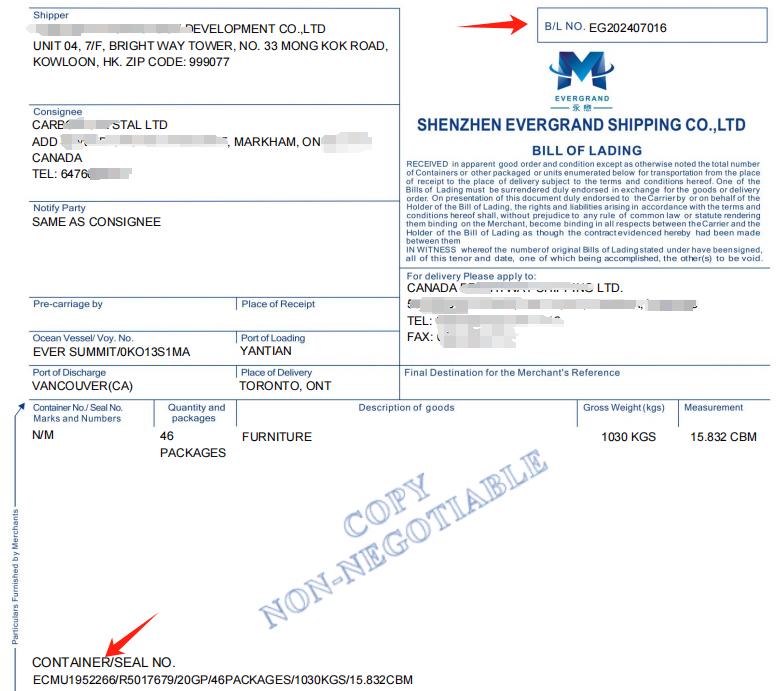
ISF, stands for Importer Security Filing, required by the United States Customs and Border Protection (CPB) for containerized cargo imports.
ISF information must be be filed with CPB 24 hours prior to vessel sailing from origin port to US.
Known as “10+2” document, ISF requires importers to provide 10 data elements to CBP and 2 other documents from the shipping carrier. Can skip to the detailed guidance of ISF Filing : Importer Security Filing 10+2
Interpretation
ISF filing is applicable to import containerized shipments to US only, it’s not required for shipments to other countries.
ISF is required for FCL and LCL ocean shipments. An Importer Security Filing is not required for bulk cargo , air cargo and courier parcel.
ISF must be filed timely, completely and accurately by importers.
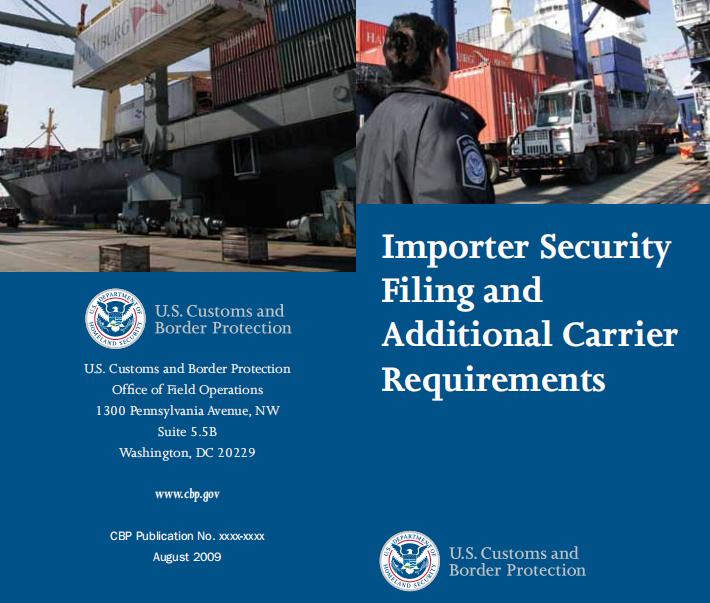
Consignments are small, while a delicated FCL container is not suitable.
Want to save shipping cost when shipment is large to ship by air.
Shipment is not urgent. You can wait for more days
Need to frequently ship small orders to customers in widely dispersed locations
want to keep inventory levels lean

LCL advantage:
Cheap: As you only need to pay the volume you need for your goods, instead of paying a whole container freight;
Steady: LCL freight cost is nearly Fixed, not fluctuate much like FCL. And you will be much easier to book the space especially under peak season when shipping line space nearly full.
LCL disadvantage:
Time: LCL takes extra more time on stuffing and unstuffing the container, especially when your destination no direct service, the goods may need transfering devanning and reloading at a 3rd country, which may need extra waiting time ;
Risks: As LCL goods will be mix loaded with different cargo in same container, that will increase the damage risks. So for LCL goods, always need more attention on your packing protection.
LCL shipping cost is charging by Volume in Cubic Meter(CBM). But weight will be also taken into account for heavy cargo with small volume.
Interpretation
Volume matters more than weight
The chargeable unit by lcl shipping is volume ( per CBM ), MIN charge 1CBM
For heavy cargo, then the chargable unit is per ton. Normally conversion ratio is 1 CBM = 1000 kg
For instance
For a 5 CBM, 600 KG cargo from Shanghai to Hamburg,
When the quote is USD 50 / CBM, then total LCL shipping cost is 50 x 5 = USD 250.
However, if cargo is 5 CBM, 6000 KG, then LCL shipping cost is 50 x 6 = USD 300.

As LCL shipping is a mixed container loading, so you will not have a shipping line BL for the whole container,but a forwarder BL for your actual shipment. So for tracking your LCL shipment, the only reference tracking No will be the container No. After the container loading, your forwarder will update you the container No with a BL copy including Container No and advise which shipping line service. You can track the container No on shipping line website accordingly. Here can just skip to the right shipping line via our Container Tracking
Air freight
Air freight is charging per KG, and Minimum is 45kgs for most of global airports. But Volume will be also taken into account for big volume cargo with small weight.
Interpretation
Weight matters more than Volume
The chargeable unit by Air freight is weight ( per KG ), MIN charge 45KG
For big volume but small weight cargo, then the chargable unit still by KG, but will need to exchange from Volume to Weight . Normally conversion ratio is 1 CBM = 167 kg
For instance
For a 1CBM, 300 KG cargo from Shanghai to Miami,
When the quote is USD 6 / KG, then total Air freight cost is 300 x 6 = USD 1800.
However, if cargo is 2 CBM, 300 KG, then Air freight cost is 2x167 x 6 = USD 2004.

Airlines have very strict security limit on air fright cargo for ensuring flight safety, especially the sensitive and dangerous cargo will be tightly control.
The list of prohibited or restricted goods potentially includes :
inflammable cargo ( such as petrol, ligher, gas, etc )
explosive material ( such as firework )
lithium batteries ( such as power banks and other electronic devices )
liquid ( such as nail polish,ink, etc )
powder ( such as chemical pigment )
perishable goods ( like food )
Medicine
Magnetic
live animal
Oversized cargo also hard to fly by airline for the internal space is limited for an aircraft, especially during peak season, there will also have a lot passenger luggage need to load, especially over height 1.6M and width 1.5M.
It doesn’t mean above cargo are 100% can’t be shipped, unless you meet the dangerous goods regulations.If you got goods urgently need to send by air, could try below for application:
Ask supplier to offer MSDS, Chemical test report, DGM, UN 38.3 etc shipping documentation for verification before make the booking.
Provide official statement and guarantee sheet that you’re in charge of all the risks
Air freight is much more flexible than sea freight on shipping schedule, cause it’s point connection between global airports by aircraft, only take short time for a round-trip.
So normally will just need to book 3-4days in advance, and send the goods 2days in advance before the flight date. Just if during peak season, attention to book much earlier to ensure the earliest flight schedule.
Air freight mainly using passenger flight and cargo flight to ship goods. And per different model of aircraft, the packing size limit will be differ.
But normally, will require length <3M, Width <1.5M and Height<1.6M.
If length>3M, then will need further application for cargo flight with 20ft air cargo pallet to load, which could take goods length <6M.
Yes, the air freight cost will update per week. Airline will adjust their freight rate weekly based on fuel factor, marketing factor, and also holiday reason.Cause a flight capacity is much smaller than a vessel, even it’s moving fast, but still subject to the internal space limit, especially the most carrier are using passenger flight to move people and cargo together.
Definitely Not. Even air freight is shipping by flight from airport to airport, but still depending on the distance and also the route of the flight. For nearby countries, or some global top airports, mostly will have direct flight to. In this case, it may only take 1day to reach destination after China side taking off.
But if destination airport too far, or it’s not a popular airport, then there may have no direct service to reach, then the cargo may need some more transfer via other airports. By this way it will take some more time to reach destination. But normally 3-5days or 7days, will no longer than 10 working days from China.
Air freight also have Airway Bill of Lading(AWB), the different is original AWB will be shipped together with cargo to destination. That means will need to prepay the air freight cost before flight taking off, then we could release the cargo.
T/T ( Telegraphic Transfer) is the most used payment method.
For Alibaba overseas buyer, there some appointed countries could also pay via Alibaba.
Money Gram/Western Union is no more accepted by China forwarders due to the bank regulation more strict.
Paypal can only be used to accept small amount under $ 1000.

Not really. Air freight service is from airport to airport only, same like FCL sea freight port to port. But with our global network assistance, we can support door to door delivery service, you will just need to finish the import tax payment and then waiting home.
For international air shipping from China, top used airports are.
North China : Beijing, PEK
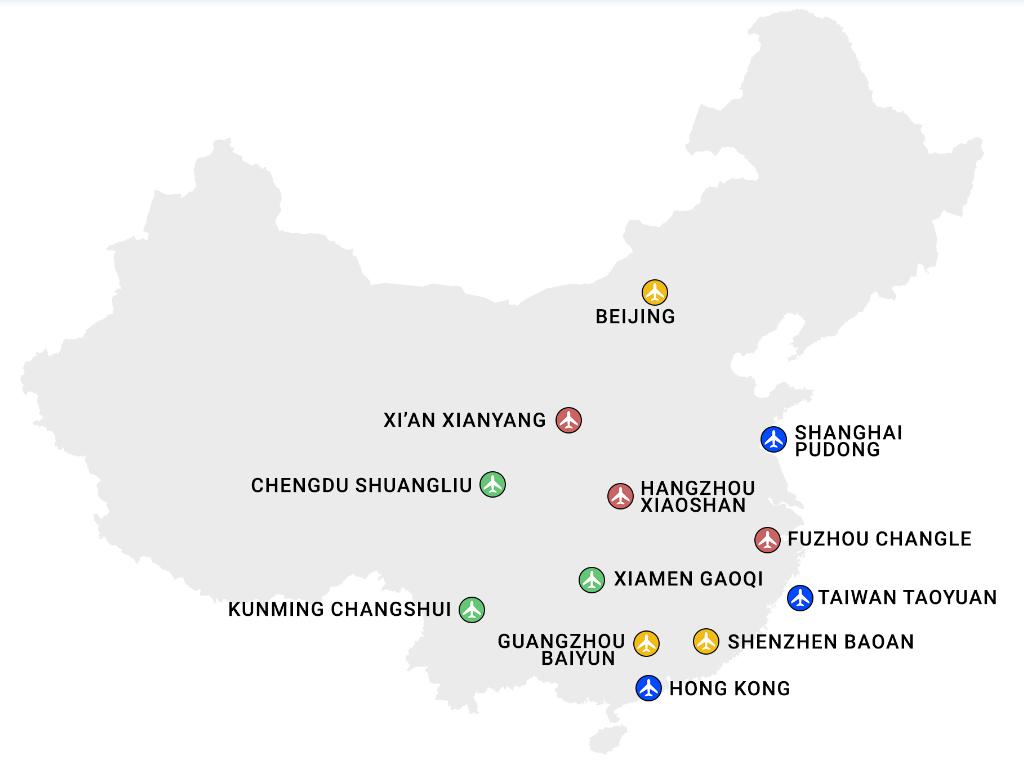
East China : Shanghai, PVG
South China : Shenzhen ( SZX ), Guangzhou ( CAN ), Hongkong ( HKG ), TPG ( Taipei )
Other main airports are :
CTU – Chengdu Shuangliu International Airport
KMG – Kunming Changshui International Airport
XIY – Xi’an Xianyang International Airport
HGH – Hangzhou Xiaoshan International Airport
XMN – Xiamen Gaoqi International Airport
CGO – Zhengzhou Xinzheng International Airport
After booking the actual flight and shipped, you will receive the AWB copy from forwarder which will showing the airline name and also with AWB No. Then you could just track the AWB No via airline website accordingly. Here can just skip to the right airline via our Air Cargo Tracking
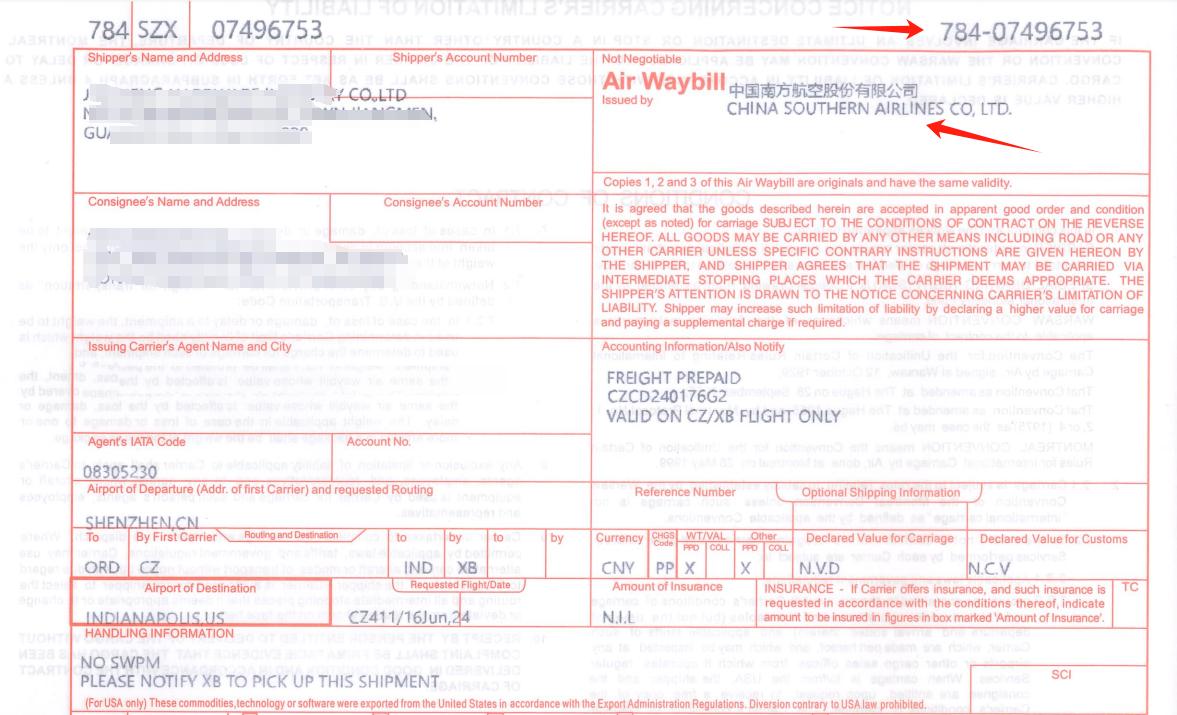
Others
If you have such freight requests,
Multiple suppliers
Various shipments
Different locations
Why not consolidation ? Organising supply chain in a leaner and more efficient way which can save your cost and time, more safe than shipping separately, simplify the quality control, and convenient import customs.
No matter how many different suppliers and cargo you have,
After you have booked with us,
You can just sit back, relax, and let us handle the rest.
Our specialists will consolidate your goods at the highest quality and security standards with decades of industry experence and our highly trained team supporting..Our consolidation service is all-in!
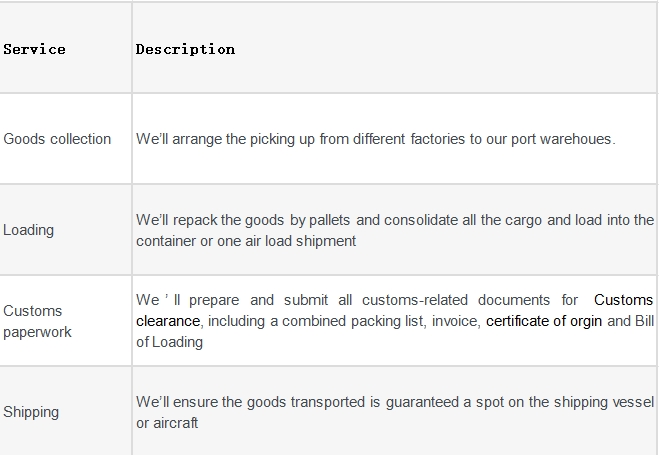
For China export Customs, normally supplier will need to provide 5 documents below :
Customs declaration sheet
Power of attorney for Customs broker
Packing List
Commercial Invoice
Sales Contract
And based on goods HS Code and material matter, there will require extra CIQ file, like furniture which have wooden parts.
In this case, if the supplier cannot provide any customs docs, we will need to get in touch with your supplier and double check their goods details with HS Code, material and usage of the items. Then we could try to issue the full set of export paper works under our export licence or sometimes under out partner licence when the goods not in our business scope.
Even supplier provide all correct, Customs still inspect the shipments randomly.
And in some special time like before national day or Chinese new year holiday season,the inspection could be more strict.
If ever inspected, the whole container or air shipment will be hold and waiting for further release.
Consequently, inspection fee and storage fee will be incurred. Those costs will be charged as per the Customs receipt.
Who pay this ?
It depends on the Incoterms.
If FOB, your supplier will pay; If EXW, then it will be on your account.
For shipments from China, there are two kinds of C/O.
1.Common Certificate of Origin for general use
2.Preferential Certificate of Origin for preferential use
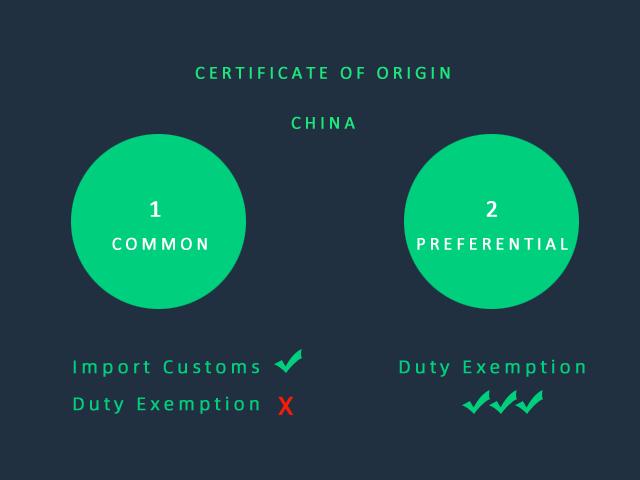
#1 Common Certificate of origin
The common certificate of origin belongs to the general documentation of international customs clearance process.
It can be applied for every products exported from China, no matter where to ship. But you can’t enjoy the tariff preference at destination when use this common C/O.
#2. preferential certificate of origin
It is the necessary evidence for you to enjoy tariff reduction and exemption.
When the original goods of China are exported to the below importing countries of the contracting party, you can get the corresponding C/O.
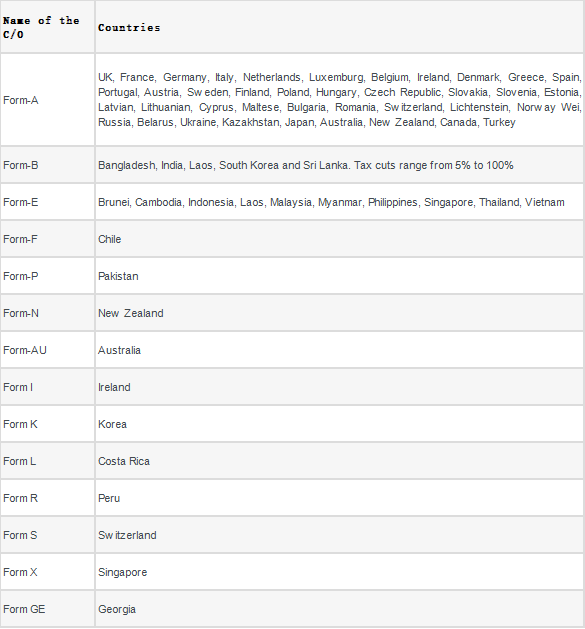
Bottom Line :
For all export goods from China,
no matter what country they are to, get common certificate of origin.
For shipments to the FTA ( Free Trade Agreement ) countries with China, get the preferential certificate of origin.
Remarks :
The invoice number of a C/O must be the same as Commercial invoice.
And cargo details on the B/L, Packing List, C/O should be the same.
